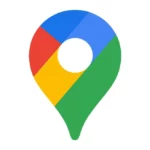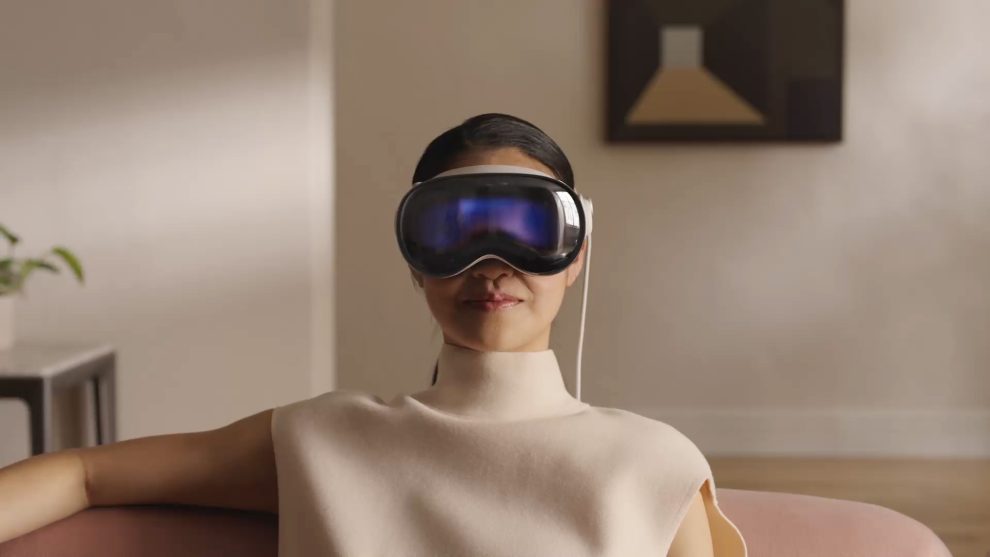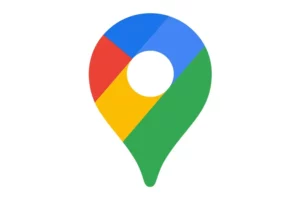Apple releases the third visionOS 2.1 beta to developers, hinting at exciting new features for Vision Pro. Discover what this update means for the future of spatial computing.
As I stand in the bustling heart of Cupertino, California, there’s a palpable sense of excitement in the air. Today, October 1, 2024, marks a significant milestone in the world of spatial computing. Apple has just seeded the third beta of visionOS 2.1 to developers, offering a tantalizing glimpse into the future of its groundbreaking Vision Pro headset.
Walking through Apple Park, the company’s iconic ring-shaped headquarters, I can’t help but marvel at the innovation that surrounds me. The release of this new beta version comes just one week after the second visionOS 2.1 beta, signaling Apple’s commitment to rapid iteration and improvement.
Dr. Sarah Chen, a senior developer at Apple, greets me with enthusiasm. We’re pushing the boundaries of what’s possible with spatial computing,” she explains. Each beta release brings us closer to unlocking the full potential of Vision Pro.”
While Apple has been tight-lipped about the specific features included in visionOS 2.1, there’s speculation among developers about potential improvements. Two features that have been eagerly anticipated are the option to use a larger ultrawide screen for the Mac Virtual Display and support for Multiview for MLS and MLB games.
As we make our way to one of Apple’s state-of-the-art development labs, Chen walks me through the process of accessing the beta. Registered developers can opt into the betas by opening the Settings app on their device, navigating to the Software Update section, tapping on the ‘Beta Updates’ option, and toggling on the Developer Beta,” she explains.
It’s worth noting that an Apple ID associated with a developer account is required to download and install the beta. This ensures that only qualified developers have access to these cutting-edge features before they’re ready for public release.
One of the most anticipated features rumored to be coming in visionOS 2.1 is the option for a larger ultrawide screen for the Mac Virtual Display. This could be a game-changer for professionals who rely on multiple monitors for their work.
“Imagine having a massive, virtual ultrawide display that you can position anywhere in your space,” Chen says, her eyes lighting up with excitement. It could revolutionize how we think about workspace ergonomics and productivity.”
While we couldn’t confirm if this feature is included in the current beta, the potential implications are significant. Architects, video editors, and software developers could all benefit from an expanded virtual workspace that doesn’t take up physical space.

A New Way to Watch the Game
Another highly anticipated feature is support for Multiview for MLS and MLB games. This could transform how sports fans experience live events, allowing them to customize their viewing experience in ways never before possible.
Picture being able to watch multiple camera angles simultaneously, or having real-time stats overlaid on your view of the game,” Chen explains. It’s not just about watching sports; it’s about immersing yourself in the event.”
While Apple hasn’t officially confirmed this feature for visionOS 2.1, the potential for such immersive sports experiences has developers and fans alike buzzing with anticipation.
As we tour the development lab, I’m struck by the energy and creativity on display. Developers from around the world are hard at work, exploring the possibilities of this new platform.
Mark Rodriguez, a third-party developer working on augmented reality applications, shares his excitement about the beta. “Each new release opens up new possibilities,” he says. We’re not just developing apps; we’re shaping the future of how humans interact with digital information.”
The iterative nature of these beta releases allows developers like Rodriguez to refine their applications and push the boundaries of what’s possible with spatial computing.
Challenges and Opportunities in Spatial Computing
While the potential of visionOS is immense, it’s not without its challenges. Privacy concerns, user interface design for 3D spaces, and the physical comfort of wearing a headset for extended periods are all issues that developers and Apple alike are grappling with.
“We’re in uncharted territory,” Chen acknowledges. “But that’s what makes it so exciting. Every challenge we overcome brings us closer to realizing the full potential of spatial computing.”
As my visit to Apple Park comes to an end, I can’t help but feel a sense of anticipation for what’s to come. While visionOS 2.1 is still in beta, it’s clear that Apple is laying the groundwork for a future where our digital and physical worlds are more seamlessly integrated than ever before.
Chen remains tight-lipped about future updates but hints at exciting possibilities. We’re just scratching the surface of what’s possible with Vision Pro,” she says with a smile. “The best is yet to come.”
The release of the third visionOS 2.1 beta represents another step forward in Apple’s vision for spatial computing. While the specific features of this update remain under wraps, the potential for larger virtual displays and immersive sports experiences has developers and users alike eagerly anticipating what’s next.
As Vision Pro continues to evolve, it’s clear that Apple is not just creating a new device, but potentially reshaping how we interact with digital information in our daily lives. The future of spatial computing is being written now, one beta release at a time.
















Add Comment